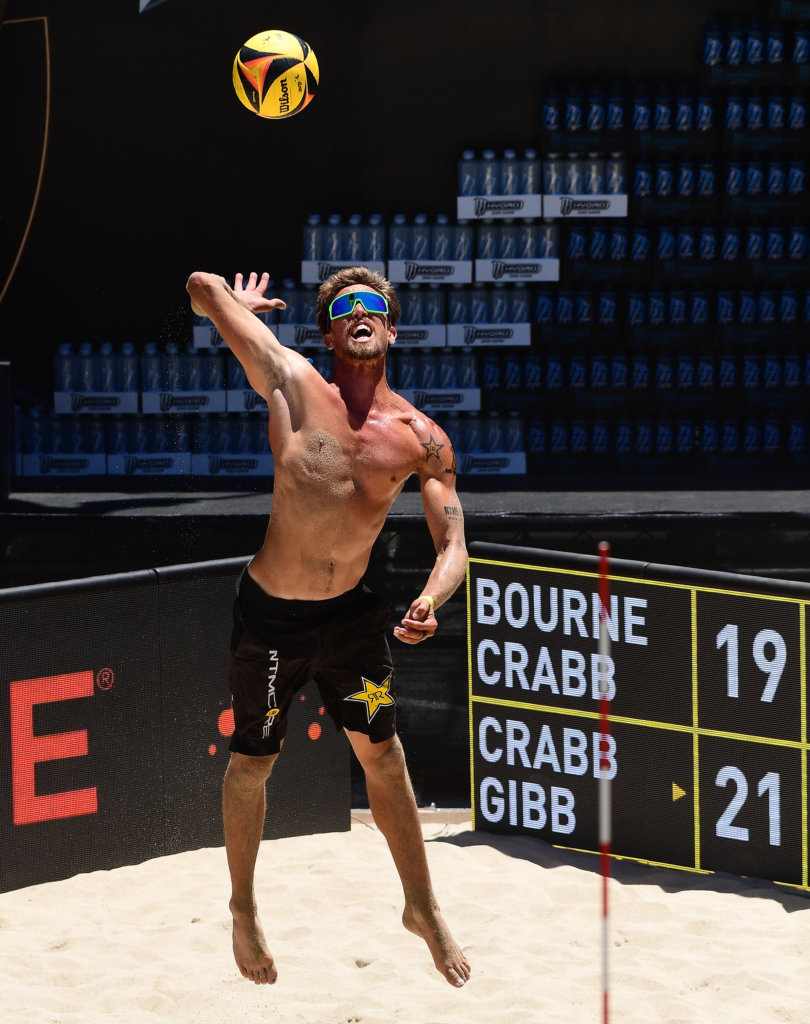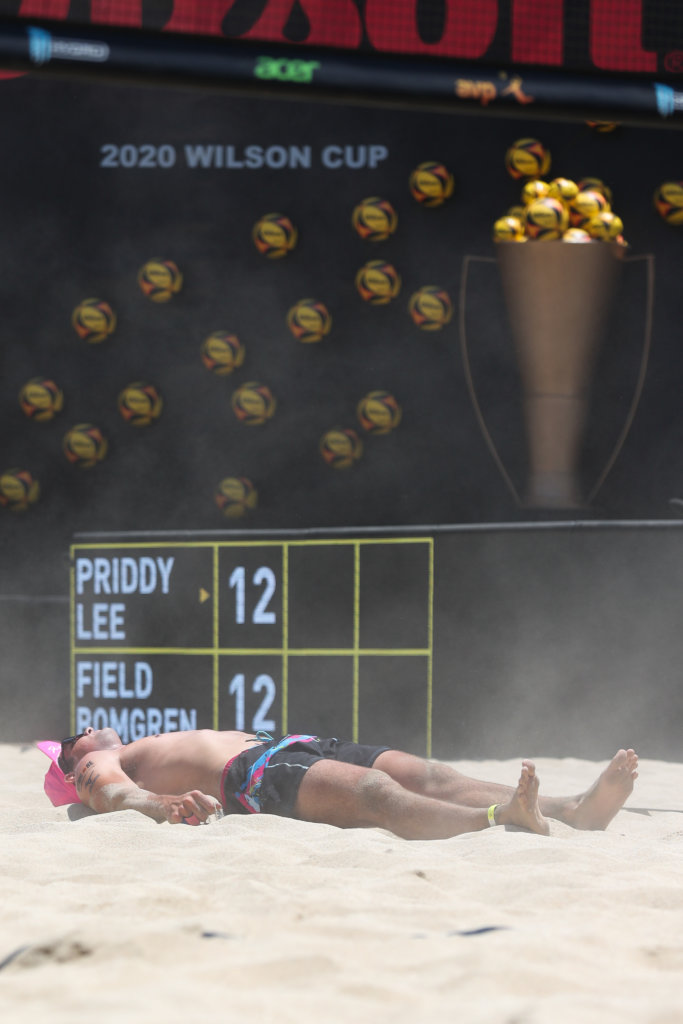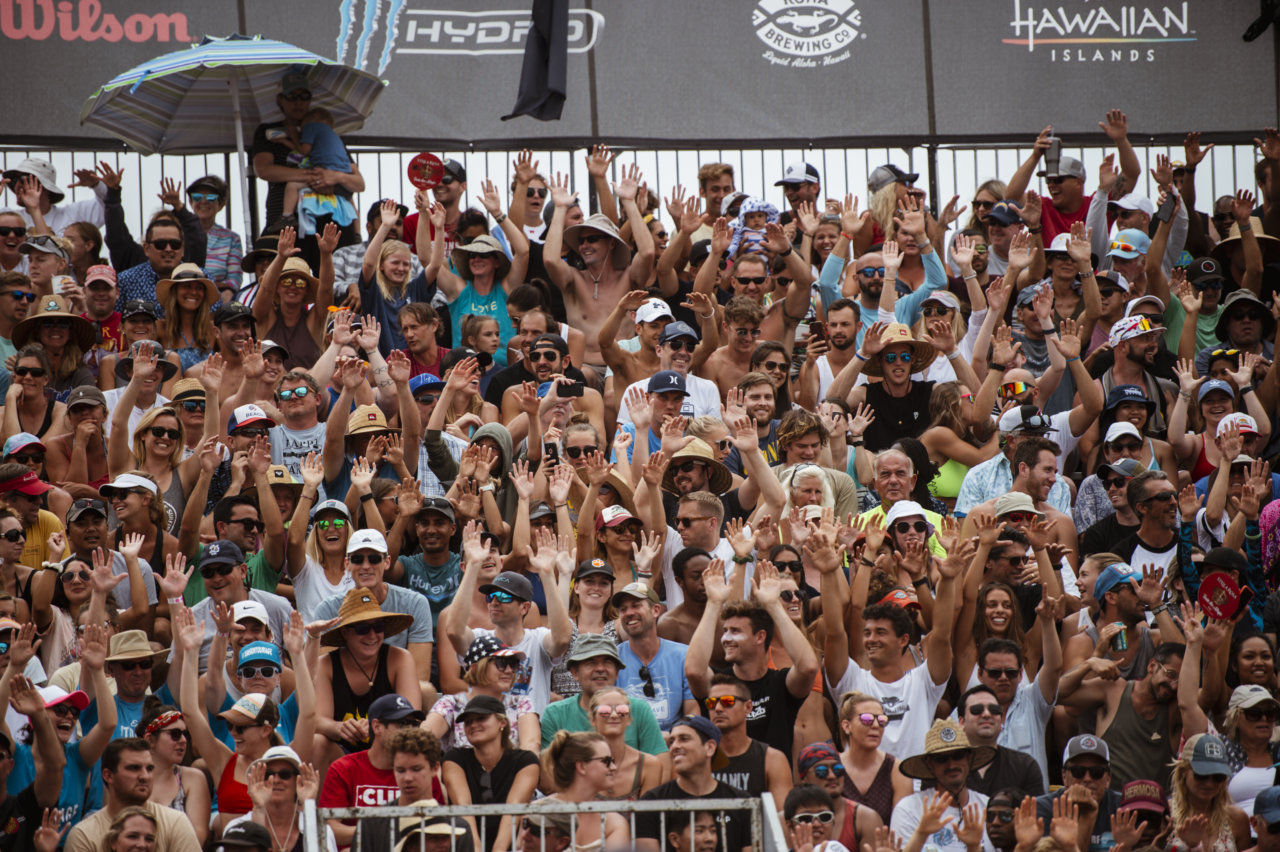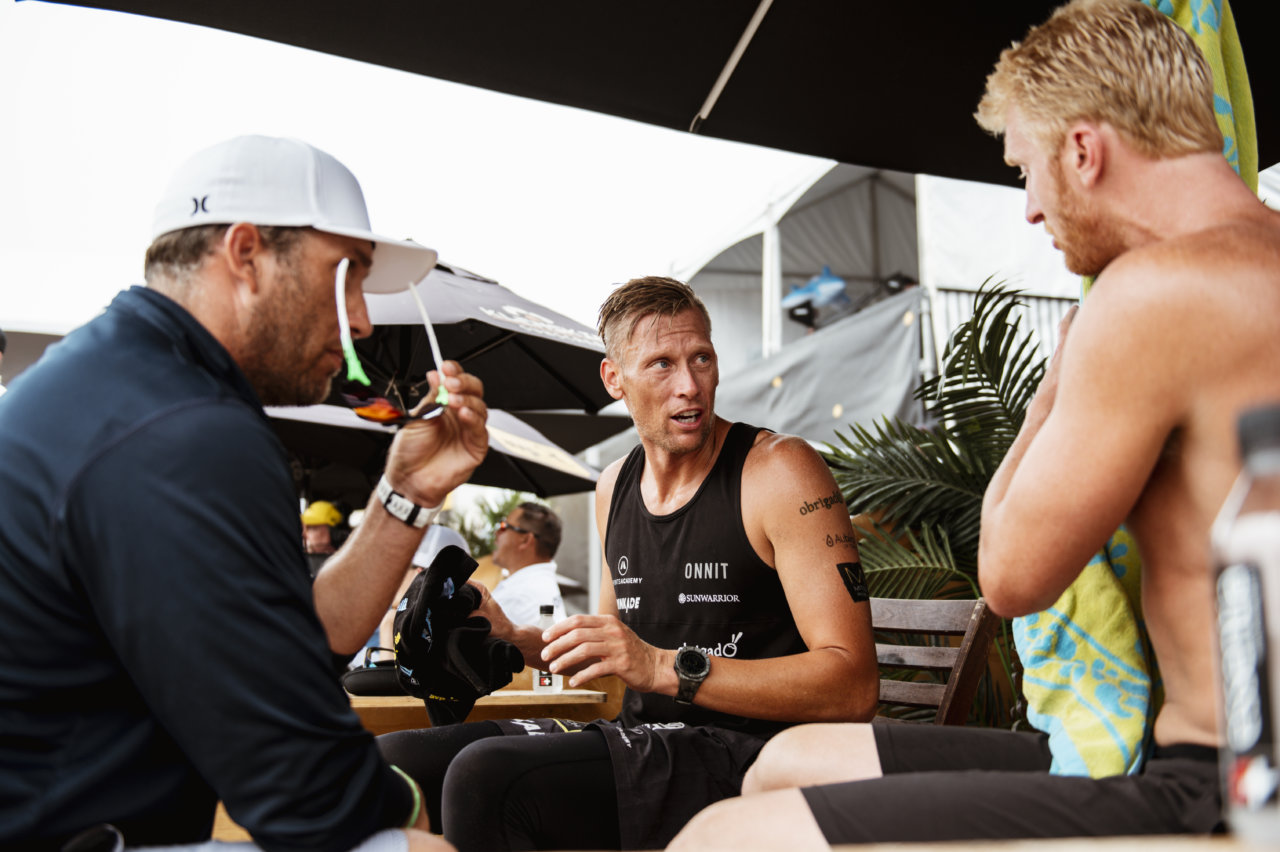With just a few weeks until the Tokyo Games begin, we at the AVP figured it was time for a little rule refresher.
Most people know the general rules of volleyball (i.e., don’t let the ball touch the ground), and most AVP fans know ample intricacies of the beach game. But do you know the differences between AVP beach volleyball and the Olympics? Look no further. Actually…look a little further. But just further down this page.

Scoring
Arguably the most significant difference between AVP and Olympic beach volleyball is scoring at the very end of the match. In 2016, after AVP Owner Donald Sun saw the Women’s Olympic Gold Medal match end in a missed serve (for the second time in a row), he made a big change on the AVP. To heighten the drama and assure that the final point of every match ended with an earned point, the AVP instated “The Freeze.”
 The controversial Freeze has now become an identifier for our Tour. At every match point, the score freezes and goes to sideout scoring. This means:
The controversial Freeze has now become an identifier for our Tour. At every match point, the score freezes and goes to sideout scoring. This means:
- Only the serving team can score a point.
- Serves that touch the net are prohibited. If a serve hits the net and stays in bounds, a player gets one reserve. If the second serve hits the net, it’s a service error. If the first serve hits the net and goes out of bounds or doesn’t clear the net, it’s also a service error.
But this is only the case for AVP matches. Olympic scoring will remain rally scoring throughout the match, where every rally results in a point added to a team’s score. Keep note of this important difference, especially when the match is 13 serving 14 in the third set.
Coaching
I’d say the other greatest difference between AVP and Olympic beach volleyball rules is the coaching privileges. In the Olympics, coaches are not allowed in the players’ box during the match. They’re actually not allowed to communicate with their players at all during the match, just like in tennis. Coaches may warm their teams up until the ten-minute mark, and then they’re relegated to the stands to observe as a very invested (and likely very anxious) spectator.
The AVP has taken another bold step by expanding coaches’ access during matchplay. As of 2020, AVP coaches are allowed to:
- Warm their players up pre-match until the 5-minute mark (coaches may remain until the match begins if both teams agree that they can stay).
- Sit in the players’ box and coach during the match.
- Communicate with their athletes (but not opponents or refs) in between points.
I outlined the full gambit of coaching rules last year (including my appreciation for the AVP’s expansion of coach involvement), so take a gander if you’re interested. But for the sake of these upcoming Olympics, just don’t expect to see any coaching during play.

Tournament Format
Another biggie is the format. The AVP runs a double-elimination tournament with a modern crossover. Double-elim tourneys allow one loss until the Semifinals. The AVP doesn’t play out a third-place match like the Olympics; we head straight into the Finals.
The Olympic competition format will be wholly different from both the AVP and a normal international tournament (which employs a modified pool play format). With 24-teams per gender in Tokyo, there will be 6 pools of 4 teams. The format is a tad complicated, but it’s pretty fun:
- Each team will play the 3 other teams in their pool.
- To rank the teams in pool play, you go by matches won and break ties with point ratios (I’ll explain further in a later article).
- The 2 best teams from each pool advance automatically to the Round of 16, equaling 12 teams from 6 pools.
- Then, of the 6 third-ranked finishers, the top 2 teams based on matches won, set ratios, and point ratios during pool play (again, I’ll explain soon) advance automatically also. For the 4 remaining third-ranked finishers, two “Lucky Loser” matches will take place. Stay with me here:
- Look at the 6 third-ranked finishers as seeded 1-6.
- Seeds 1 and 2 advance into the Round of 16.
- Seed 3 plays Seed 6; the winner advances..
- Seed 4 plays Seed 5; the winner advances.
- From the Round of 16, the tournament will follow a single-elimination format, with the seedings carried out based on a combination of the original pool each team started in, where they finished in pool, and a random drawing of lots. I’ll also go deeper into this in an upcoming article.
- Once we’re down to 4 teams in the Semifinals, the losers of the Semis will play each other in the Bronze Medal match (with the loser receiving nothing… that is if you consider 4th place in the Olympics “nothing”). The winners of the Semis will play each other in the Gold Medal match (with the loser receiving Silver).

Fans
Due to recent Covid-19 spikes and precautions – Tokyo recently barred all fans, including Japanese citizens, from the Games.
But… the AVP is back and ready to host YOU! Thankfully, American surges are declining while vaccinations rise, and we can safely run an abbreviated Tour with limited fan attendance. Come see 11 Tokyo Olympians and hundreds of other dedicated and talented AVP athletes on American soil. The action starts on August 11 in Atlanta, with more to come in Manhattan Beach, CA, the following week and Chicago, IL, during Labor Day weekend.
Beyond scoring, coaching, and format – basically everything else is the same! But to continue on this educational journey, here are some specifics on a few questions I’ve had in the past on rule nuances and calls:
- Touch off the block: If a blocker touches the ball, a team only has two touches left before sending it over the net. In other words: in beach volleyball, a team only ever has three touches, including a block touch. In indoor volleyball, teams still have three contacts even after a block touch.
- I assume this is because in indoor, blockers touch a lot more balls than in beach.
- A few years ago, the FIVB flirted with the idea of moving to indoor rules and allowing three touches after a block touch on the beach. The rule change never came to official fruition, though.
- Captain privileges: Have you ever seen an athlete complaining to a ref and then stopping mid sentence only to tell their partner to talk to the ref instead? This is because only team captains are allowed to converse with referees. You can tell who the team captain is by which athlete participates in the pre-match coin toss.
- Double contact: If you see the ref blow their whistle and hold up two fingers, they’re calling a double contact. This is when a player does not simultaneously touch a ball. Most often, players commit this infraction while setting. A double contact can also occur during a dig (unless the hit is hard-driven).
- Lift: If you see a ref blow their whistle and raise an upturned palm, they’re calling a lift. As stated in our Volleyball Lingo article, a lift occurs when either:
-
- The athlete ‘lifted’ a dig with an open, flat hand.
-
- The athlete held the ball in their hands too long while hand setting.
If you have any more questions on Olympic format or rule clarifications, reach out to us on Instagram. And stay tuned for more Team USA Profiles and When & Where to Watch Olympic Beach Volleyball.
